A notice posted on the U.S. Department of Agriculture’s website says federal food assistance will not be distributed on November 1, escalating pressure on families across the country as the government shutdown drags on.
The alert follows the Trump administration’s decision not to draw from roughly $5 billion in contingency funds to keep the Supplemental Nutrition Assistance Program (SNAP) operating into November. SNAP helps about one in eight Americans afford groceries, and the potential lapse would immediately ripple through households that rely on the program.
In its online message, USDA warned that funding has been exhausted and benefits will not be issued on November 1, adding that the situation has reached a critical juncture for Senate Democrats. The shutdown began on October 1 and has now grown into the second-longest in U.S. history. While federal officials took steps before the shutdown to ensure October SNAP payments were made, an early-November cutoff would significantly widen the harm unless a political agreement emerges within days.
The administration has blamed Democrats for the impasse. Democratic leaders counter that they won’t support reopening the government until Republicans agree to negotiate extensions for Affordable Care Act subsidies set to expire. Republicans insist Democrats must first vote to end the shutdown before talks can proceed.
“There is an urgent need to reopen the government,” House Minority Leader Hakeem Jeffries said Sunday on Face the Nation with Margaret Brennan, urging Republicans to come to the table to forge a bipartisan spending deal.
Democrats in Congress have urged Agriculture Secretary Brooke Rollins to deploy contingency funds to cover most of next month’s SNAP payments. But an internal USDA memo that surfaced Friday argues those dollars can’t legally be used for regular benefits; the reserves are earmarked for emergencies, including disaster response. The memo cited Hurricane Melissa, which has intensified into a major storm, as an example of why those funds must remain available for rapid mobilization.
Governors and state agencies in both red and blue states say they’re alarmed by the prospect of families missing food benefits. A few states have signaled they would try to keep SNAP payments going even if the federal program halts, though questions remain about whether federal directives allow such stopgap measures. USDA’s memo also warns that states would not be reimbursed if they temporarily cover the costs.
Elsewhere, states are preparing residents for a possible pause. Arkansas and Oklahoma, for instance, are advising SNAP recipients to identify local food pantries and charitable organizations that can help bridge the gap if benefits stop.
Democratic Sen. Chris Murphy of Connecticut criticized Republicans and President Trump for refusing to negotiate, telling CNN’s State of the Union on Sunday that a swift agreement could reopen the government in days and avert a crisis for the food stamp program.
If November benefits lapse, the disruption would begin just ahead of the holiday season in states from California to Arkansas. The impact could be severe: SNAP serves roughly 42 million people—about one out of every eight Americans—and even a short delay can strain household budgets and increase food insecurity.
As uncertainty mounts, social media users are sharing ways to find assistance. TikTok creators have posted guides to food banks, community fridges, and other resources that can help families who lose access to SNAP stretch their groceries until benefits resume.
For now, the message from USDA is stark: without a funding resolution, SNAP payments won’t go out on November 1. The clock is ticking for Washington to end the stalemate and prevent a sudden shock to millions of kitchen tables nationwide.

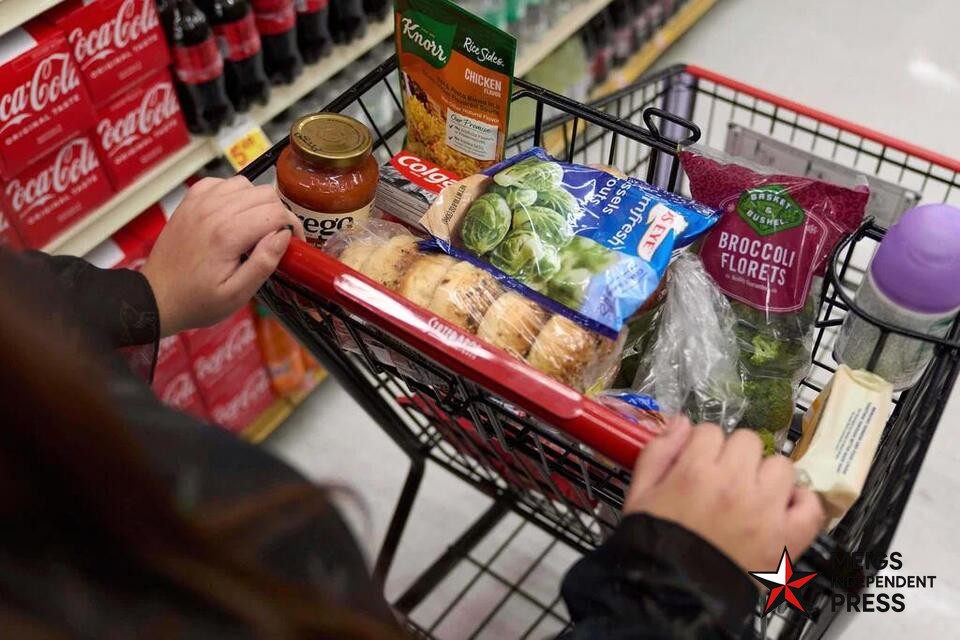

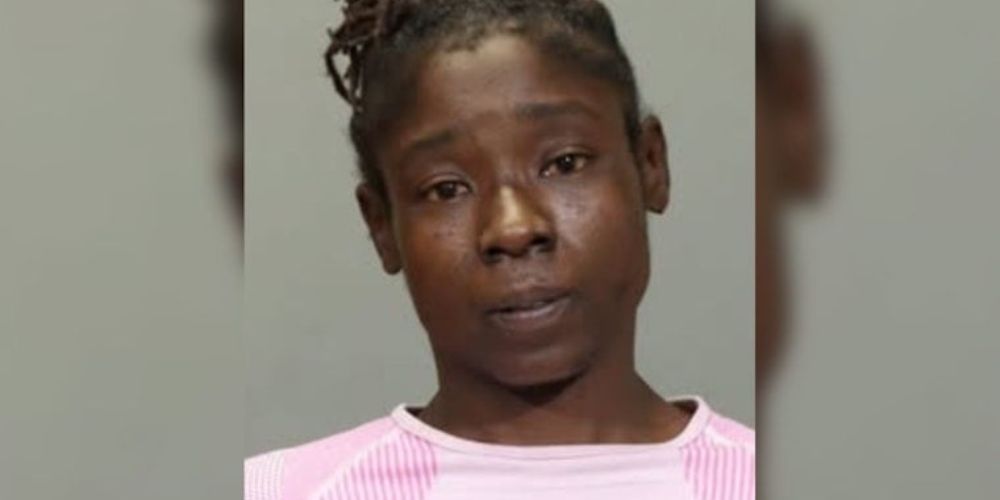

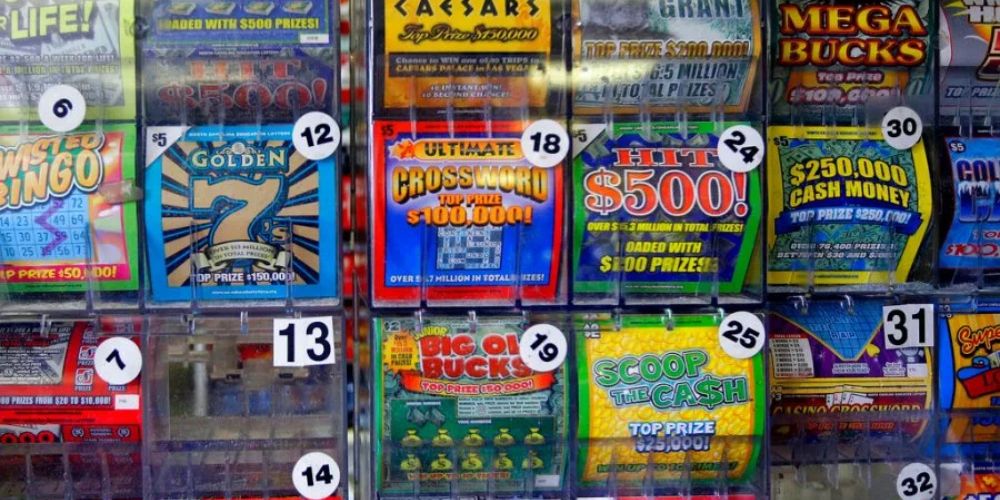
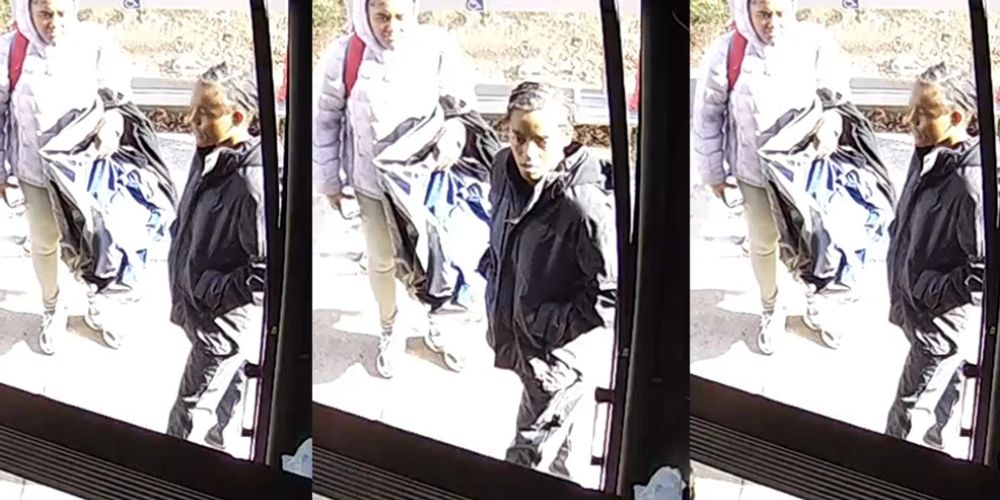
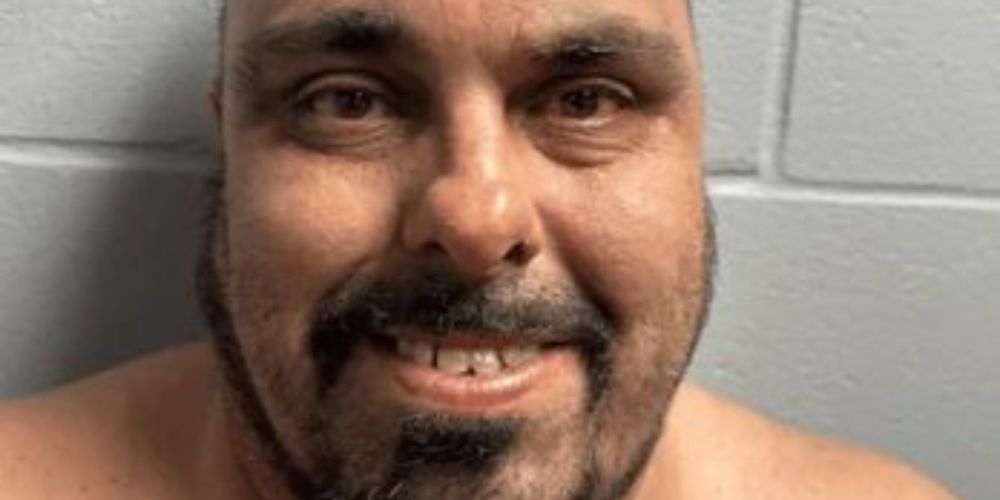



Leave a Comment